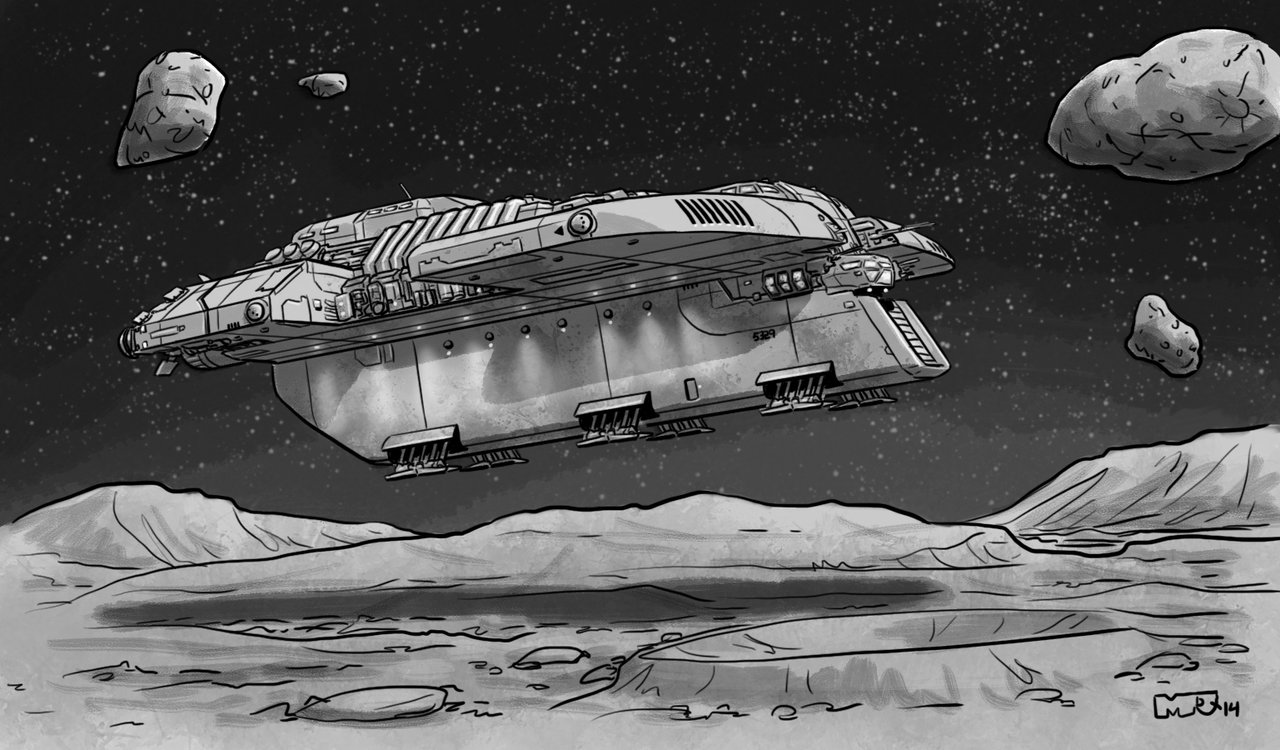 Continuing my series on low-prep RPG games, this evening I’ll talk about Villain Flashback and Custer’s Last Stand techniques.
Continuing my series on low-prep RPG games, this evening I’ll talk about Villain Flashback and Custer’s Last Stand techniques.
Villain Flashback
Start the game with an unexplained battle. Perhaps the villains ambush the PCs. Maybe you set up the scene as the players attacking the villains in order to obtain the contents of a large chest, or to rescue someone important from inside a wagon. Whatever the setup, the heroes engage in combat, not knowing what the villain’s motive are or what is in the chest or wagon.
At the end of the scene when the villains are dead or captured, you leave the questions unanswered. Have the players put away their character sheets and assume the roles of the villains they just defeated. Start a new scene as a flashback from three days ago. Ask the players questions: “What are you doing?”, “What are you transporting in the box that’s so important?”, “What is your diabolical plan?”, and “What will your boss do if you fail on your mission?” Have them role play out their villain characters through events up to the present.
The players get to determine motivations and backstory for the villains. At the end, bring them back to the present and let them resume their normal characters. Not only did the players spend much of the game setting up backstory but they also have set the stage for the upcoming adventure!
Custer’s Last Stand
This is a technique especially good for new campaigns where some players are learning the rules.
Give each player a quick pre-generated character, or have them generate a new character from scratch, but without an elaborate backstory.
Open a scene where the players are in a village or other location under siege. Throw overwhelming force against the PCs to assure their demise. Play up the ruthless, diabolical nature of the foes — the players should really come to hate these opponents! All players will die in combat save one PC (or NPC) which the gamemaster selects to spare.
The villains take the one spared character and dispatches them back to the allies friends or family to tell the news of their terrible destruction.
Fast forward the scene to the arrival of the messenger telling of the massacre. Let the players roll up new characters — this time, these will be their long term characters. The players have been exposed to the rules, allowed to make some mistakes, and discovered how easy it is to die. Now, with new characters, the players will be out for revenge and emotionally invested in defeating these adversaries!
In my next post we’ll talk about The Fantastic Four technique.




Recent Comments